UITP: 140 years of mobility and one question that remains as relevant as ever
Before the Summit in Hamburg begins, it is worth taking a closer look at what UITP is.

Bus Rapid Transit – mass mobility for modern cities
Bus Rapid Transit in city centres is one of the most sustainable public transport systems in the world. High passenger capacity, efficiency, flexibility, and environmental friendliness are just some of its advantages. BRT is an ideal solution for cities that do not have the infrastructure for rail vehicles such as trams or metros but want to provide their citizens with fast, safe, and convenient public transport. According to UITP, up to 2 million passengers worldwide use this solution every day <link>.
Bus Rapid Transit (BRT) is a bus-based transport system operated by buses and bus-related infrastructure. It is an innovative solution designed specifically for large metropolitan areas seeking to improve the quality of public transport on a large scale while at the same time facilitating the daily lives of residents. In other words, BRT is a dedicated bus line that traverses the city on a dedicated roadway, operated by modern buses that run every few minutes. Unlike regular bus services, BRT has its own bus stop infrastructure, with platform level boarding and a prominent identity. Buses use dedicated stations that are suitably adapted, and routes are carefully planned.
The idea of how it works is encapsulated in a few core principles:
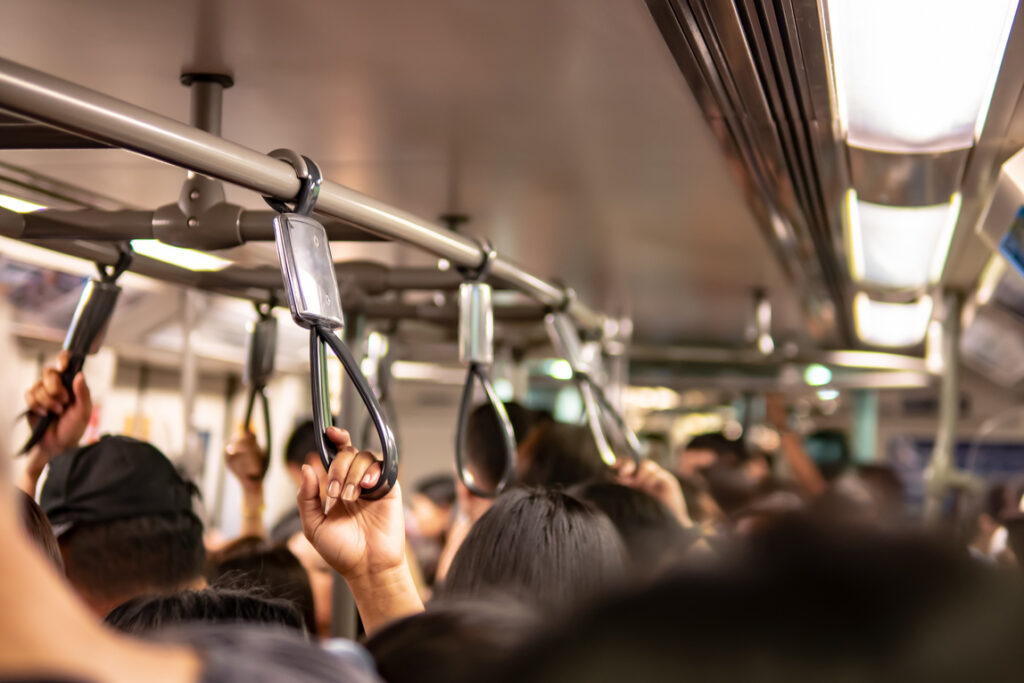
MASS TRANSIT
BRT systems are designed to carry as many passengers as possible in the shortest possible time and, above all, in a smooth and seamless manner. For this reason, these systems tend to use buses with a high passenger capacity, such as 24 m double-articulated vehicles that can carry up to 300 passengers at a time. For example, in Istanbul (Turkey) alone, the BRT is used by 750,000 passengers a day. In the Mexican capital, the figure is 900,000.
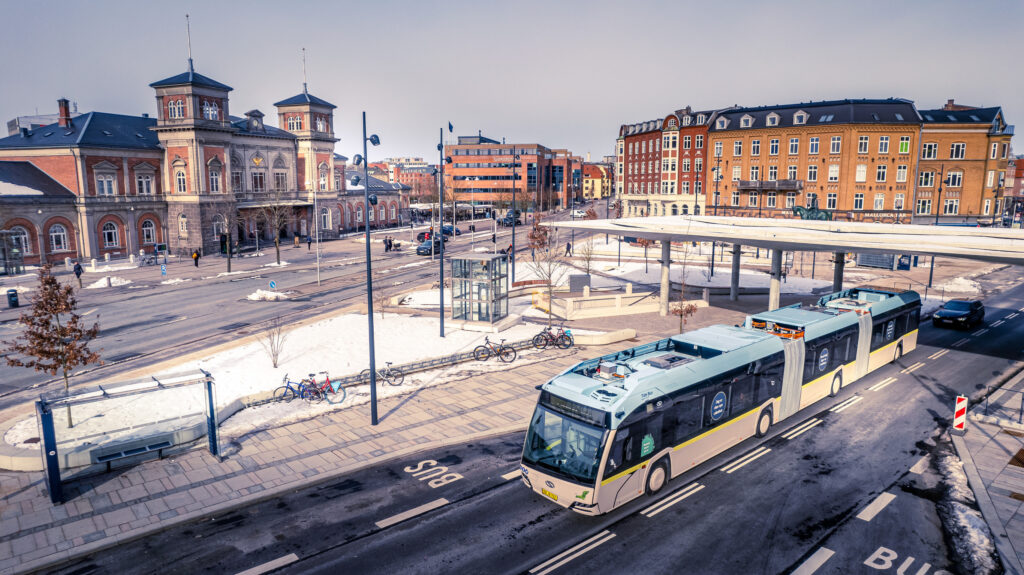

TIME
Buses travel in dedicated lanes and sometimes on dedicated roads, which means they are not held up by traffic. In addition, the system incorporates innovative technological solutions, such as intelligent traffic lights, so that buses can travel even faster and safer in their respective lanes. BRT is estimated to reduce travel times for commuters significantly. Studies show that in Johannesburg, South Africa, BRT users save an average of 13 minutes a day on their daily journeys. In Istanbul, a typical BRT passenger saves up to 52 minutes per day (a saving of up to 28 days per year)!
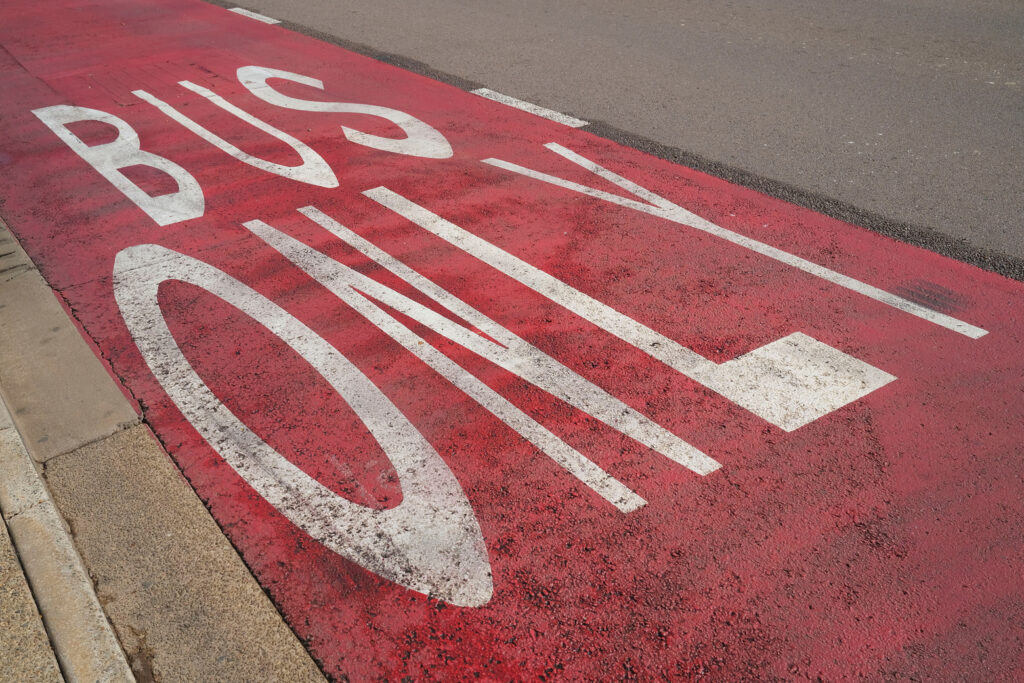
ECONOMY
Building a BRT system is much cheaper than building traditional public transport systems such as trams or metro networks. It is also cheaper to operate, as it does not require the same high level of maintenance. According to the Mexican capital’s authorities, the city is expected to save up to $141 million as a result of reduced travel times.
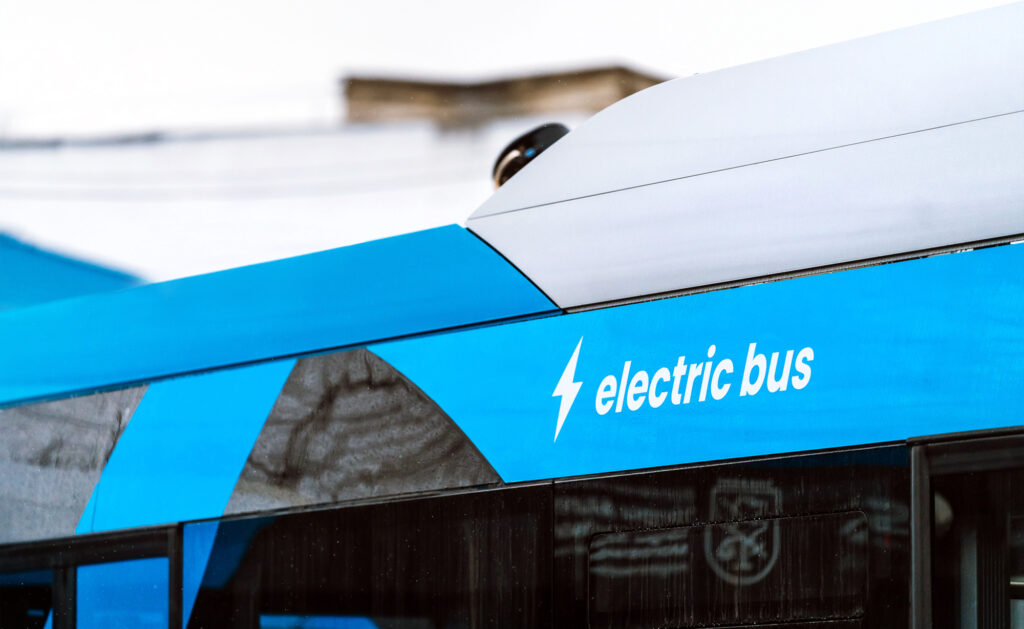
ENVIRONMENT
The use of BRT systems makes a real difference in reducing emissions. The speed and efficiency of BRT encourages people to use public transport instead of their own cars. By using high-capacity vehicles, the overall number of buses can be reduced. Low or zero-emission vehicles, including electric buses and trolleybuses, are increasingly being used to operate such routes.
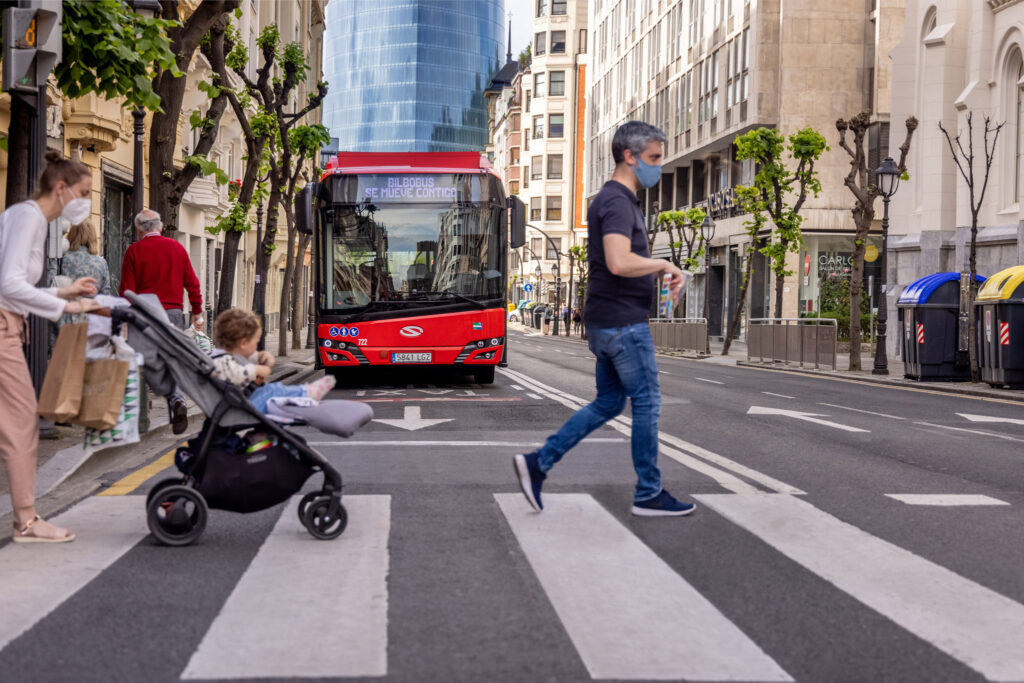
SAFETY
Dedicated lanes, special vehicle features, or advanced traffic management systems make a real difference to safety. A study in Curitiba (Brazil) showed that the introduction of a BRT system led to a 30% reduction in road accidents. TranMilenio, a bus rapid transit system in Colombia’s capital Bogotá and Soacha, is operated by around 2,000 buses.
BRT systems are most common in large metropolises with millions of inhabitants, especially in densely populated and rapidly developing countries (Colombia, Mexico, India, and China). However, they are increasingly inspiring smaller cities that can apply similar solutions on a smaller scale, including in Europe. One of the largest European BRT systems is the Cambridgeshire Guided Busway in the UK, linking the cities of Cambridge, St. Ives, and Huntingdon, and the MetroBus in Essen, Germany. BRT systems are particularly popular in Germany and are also used on a daily basis in the conurbations of Hamburg, Nuremberg, and Dortmund.
Before the Summit in Hamburg begins, it is worth taking a closer look at what UITP is.
Learn more about the changes introduced by GSR2 and how they contribute to protecting all road users.
BRT in Aalborg: the city's solution for enhancing urban transport – what makes it so effective?